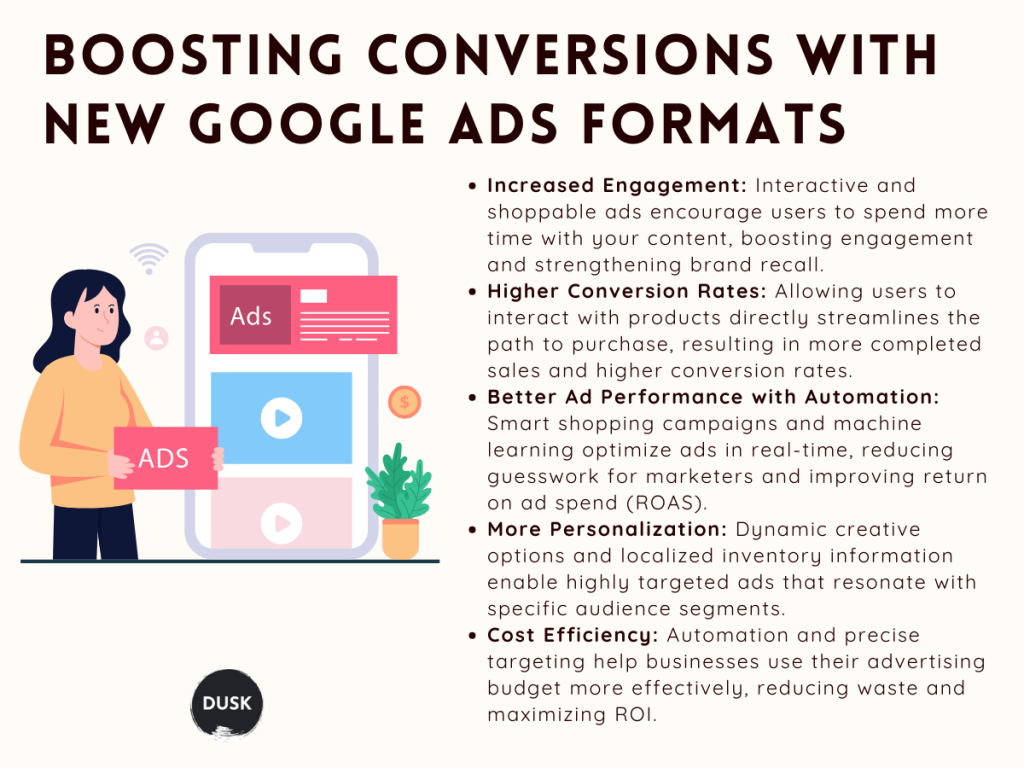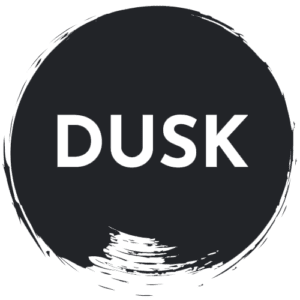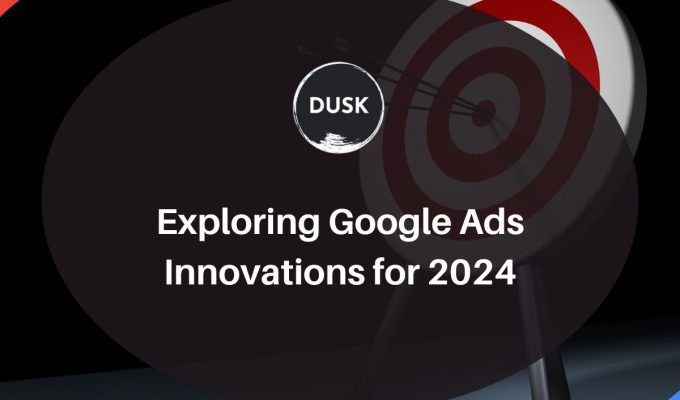As we move into 2024, Google Ads continues to innovate, offering fresh ways for businesses to connect with their audiences. From new ad formats to advanced shopping ads, these updates are transforming the digital advertising landscape.
Whether you’re a small business owner or a seasoned marketer, understanding these changes is crucial to staying ahead. Google’s latest advancements provide more engaging, personalized, and effective ad experiences that cater to today’s consumer behavior. In this post, we’ll explore the latest Google Ads innovations and how they can boost your advertising strategy in 2024.
New Ad Formats and Advancements in Shopping Ads
Staying ahead of trends is crucial, and new ad formats, alongside advancements in shopping ads, provide exciting opportunities for marketers to enhance their campaigns.
Whether you’re a small business owner or a seasoned marketer, understanding these changes can give you an edge.
The world of digital advertising is always changing, and recently, new ad formats have emerged that promise greater engagement and conversions. Advertisers now have more options than ever before to capture the attention of their audience.
- One of the most exciting new formats is interactive ads, which allow users to engage with content directly within the ad. Instead of simply clicking through, users can now play games, complete polls, or experience 360-degree product views, all without leaving the page. This level of interaction not only increases time spent on the ad but also provides a more memorable experience for the user.
- Another popular format is shoppable videos, where users can click on products featured in a video and purchase them directly. This type of ad bridges the gap between content and commerce, making it easier for users to convert while they are still engaged.
- With the rise of mobile-first advertising, story ads are also becoming more prominent. Story ads mimic the experience of social media stories, allowing brands to blend in seamlessly with user-generated content on platforms like Instagram and Snapchat.
The key to success with new ad formats is understanding your audience and selecting the right format for your goals. Not every format will work for every business, so it’s important to test and adjust based on your specific needs.
Advancements in Shopping Ads
If you’re in the retail or e-commerce space, shopping ads have likely been a cornerstone of your digital strategy. Recent advancements have taken shopping ads to the next level, offering more opportunities for visibility and conversion.
- The most significant development is the introduction of smart shopping campaigns. These campaigns use machine learning to optimize your ads for performance automatically, taking into account factors such as the time of day, user behavior, and device type. This not only saves advertisers time but also increases the likelihood of driving sales by delivering ads to the right users at the right time.
- Local inventory ads have been improved, allowing businesses with physical stores to showcase real-time inventory levels in their ads. This is especially useful for brick-and-mortar retailers who want to drive foot traffic and give customers an accurate idea of what’s in stock before they visit the store.
- Shopping ads are also becoming more visually engaging. Enhanced product images and dynamic creative options mean that advertisers can now showcase their products in a more appealing way. For example, rotating images of a product or including user-generated content can create a richer ad experience, leading to higher click-through rates and conversions.
Key Benefits of New Ad Formats and Shopping Ad Advancements

These new ad formats and advancements in shopping ads offer several distinct benefits for businesses:
- Increased Engagement: Interactive and shoppable ad formats encourage users to spend more time with your ad, leading to higher engagement and better brand recall.
- Higher Conversion Rates: By allowing users to interact with products directly, whether through shoppable videos or enhanced shopping ads, the path to purchase is streamlined, resulting in more conversions.
- Better Ad Performance with Automation: The rise of smart shopping campaigns and machine learning helps optimize ads in real-time, reducing the guesswork for marketers and increasing return on ad spend (ROAS).
- More Personalization: With dynamic creative options and localized inventory information, businesses can deliver highly personalized ads that resonate with specific audience segments.
- Cost Efficiency: Automation and better targeting often lead to more efficient ad spending, ensuring your budget is used in the most effective way possible.
How These Changes Impact Your Advertising Strategy
If you’re considering adopting these new formats or taking advantage of the advancements in shopping ads, it’s essential to rethink your advertising strategy. Simply putting up an ad is no longer enough – you need to ensure your ads are engaging, relevant, and optimized for performance.
Start by analyzing your target audience and determining which formats will resonate most with them. For example, if you have a young, tech-savvy audience, interactive ads might be the best option. On the other hand, if you’re in the retail space, focusing on enhanced shopping ads could help you stand out.
Keep in mind the importance of maintaining your current campaigns, especially if you’re managing services like wood shingle roof maintenance or wood shingle siding maintenance. With these new ad formats, you’ll be able to reach more potential customers and highlight your expertise in areas like wood shingle roof maintenance and wood shingle siding maintenance, allowing your business to continue growing.
The Power of Artificial Intelligence (AI) and Machine Learning
Artificial Intelligence (AI) and machine learning are revolutionizing the way businesses approach their advertising strategies. Google has been integrating AI into its ad platforms for years, but the advancements we see now are on a whole new level. AI and machine learning allow Google Ads to analyze vast amounts of data to deliver better-targeted ads, improve campaign performance, and predict future trends.
With AI-powered tools, advertisers can now automate the process of optimizing their ads in real time. Machine learning algorithms are constantly evaluating your campaigns, adjusting bidding strategies, and fine-tuning audience targeting to maximize return on ad spend (ROAS). This means that you can achieve better results with less manual effort.
New Ad Formats
Google is rolling out new ad formats designed to capture user attention and drive engagement. These new formats cater to the growing demand for interactive and visually appealing ads.
One of the standout formats is the introduction of shoppable video ads. These ads allow users to watch a video and directly purchase products within the same ad. For e-commerce businesses, this is a game-changer. Instead of simply promoting a product, you’re offering a seamless shopping experience where customers can view, click, and buy in one interaction.
Another format gaining popularity is interactive display ads. These ads allow users to interact with the content by clicking through carousel-style images, taking polls, or even playing mini-games. Interactive ads offer a more engaging experience than static ads, helping your business stand out and encouraging users to spend more time with your content. The longer users engage with your ad, the more likely they are to convert.
Advancements in Shopping Ads
Shopping ads have been a vital tool for businesses in the retail sector, and the improvements being made in 2024 will make them even more powerful.
One of the biggest advancements is the use of smart shopping campaigns. These campaigns are powered by machine learning, allowing Google to automatically optimize your bids, ad placements, and targeting based on user data. Smart shopping campaigns take the guesswork out of advertising by continuously analyzing performance data and adjusting your campaigns in real time.
Another exciting feature is local inventory ads, which allow you to showcase products that are available in your local store. These ads help drive foot traffic by letting users know that the product they want is available nearby. This is particularly useful for businesses with physical locations and can increase both online and in-store sales.
AI-Driven Personalization
Personalization is key to creating effective ads, and AI is making it easier than ever to deliver personalized content to users. Google’s AI-powered tools allow you to create dynamic ads that adjust content based on user behavior and preferences. This means your ads will be more relevant to the individual viewing them, leading to higher engagement and conversion rates.
Dynamic ad formats also allow businesses to automatically update their ad content based on user preferences. If a user has shown interest in a particular product, such as roofing materials, your ad can automatically feature that product, increasing the chances of a click and, ultimately, a conversion.
Upcoming Trends and Innovations to Watch in 2024
Google Ads isn’t slowing down anytime soon, and 2024 is set to bring even more exciting trends and innovations.
One of the key areas to watch is the continued integration of voice search into Google Ads. With the growing popularity of smart speakers and voice assistants, more users are searching for products and services using voice commands. Advertisers who optimize their campaigns for voice search will be ahead of the curve in reaching this growing audience.
Another trend to watch is the increased focus on privacy and data security. As privacy concerns continue to grow, Google is rolling out more tools to help advertisers comply with regulations while still delivering personalized ads. This means businesses will need to find new ways to gather data ethically while maintaining the effectiveness of their ad campaigns.
Visual search is on the rise, with more users using images to find products online. Advertisers who incorporate visual search optimization into their campaigns will be able to reach users who are searching for products in new and innovative ways.
How To Use Web Design To Generate More Leads?
As we’ve explored, the latest innovations in Google Ads can help you reach a wider audience and engage potential customers more effectively. But driving traffic is only half the battle—once visitors land on your site, converting them into leads is key to business growth. This is where web design plays a crucial role.
A well-optimized website can capture attention and guide users towards taking action. In our next post, we’ll look at how you can use smart web design strategies to generate more leads and turn your site visitors into loyal customers.






